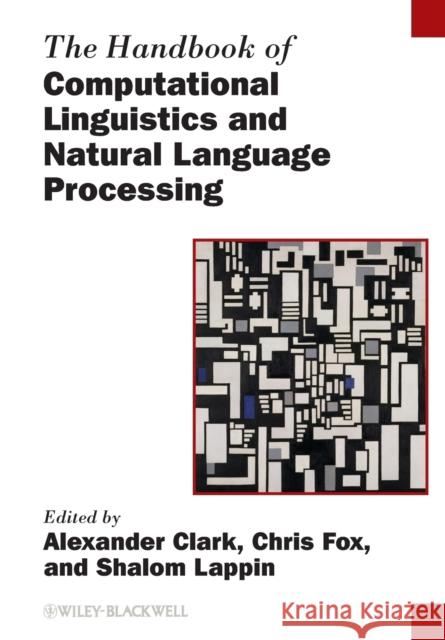The Handbook of Computational Linguistics and Natural Language Processing » książka
topmenu
The Handbook of Computational Linguistics and Natural Language Processing
ISBN-13: 9781118347188 / Angielski / Miękka / 2012 / 800 str.
This comprehensive reference work provides an overview of the concepts, methodologies, and applications in computational linguistics and natural language processing (NLP).
- Features contributions by the top researchers in the field, reflecting the work that is driving the discipline forward
- Includes an introduction to the major theoretical issues in these fields, as well as the central engineering applications that the work has produced
- Presents the major developments in an accessible way, explaining the close connection between scientific understanding of the computational properties of natural language and the creation of effective language technologies
- Serves as an invaluable state-of-the-art reference source for computational linguists and software engineers developing NLP applications in industrial research and development labs of software companies











